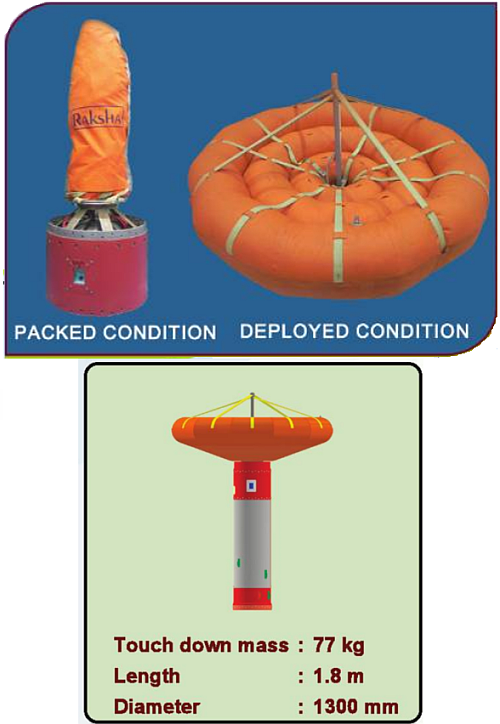InSight’s power level goes up!

The most recent status update on the Mars lander InSight, released today, shows a slight rise in the amount of power generated by its dust-covered solar panels.
As shown on the graph to the right, on August 27, 2022 the power level was 400 watt-hours generated per Martian day. On September, 5, 2022, the power level was 410 watt-hours per Martian day, the first power increase since late July. At the same time, the dust in the atmosphere continued to clear, going from a tau level of .88 to 0.8. Outside of the winter dust season tau is usually between 0.6 and 0.7.
The slight power increase continues to suggest that the lander’s death might be delayed. At 400 watt-hours per day, it has been able to run its seismometer since the beginning of July. With this slight increase, the chance increases that InSight will finally get that one gust of wind or dust devil that will blow the dust off its solar panels and allow it to recover some power and operate for longer.

The most recent status update on the Mars lander InSight, released today, shows a slight rise in the amount of power generated by its dust-covered solar panels.
As shown on the graph to the right, on August 27, 2022 the power level was 400 watt-hours generated per Martian day. On September, 5, 2022, the power level was 410 watt-hours per Martian day, the first power increase since late July. At the same time, the dust in the atmosphere continued to clear, going from a tau level of .88 to 0.8. Outside of the winter dust season tau is usually between 0.6 and 0.7.
The slight power increase continues to suggest that the lander’s death might be delayed. At 400 watt-hours per day, it has been able to run its seismometer since the beginning of July. With this slight increase, the chance increases that InSight will finally get that one gust of wind or dust devil that will blow the dust off its solar panels and allow it to recover some power and operate for longer.










